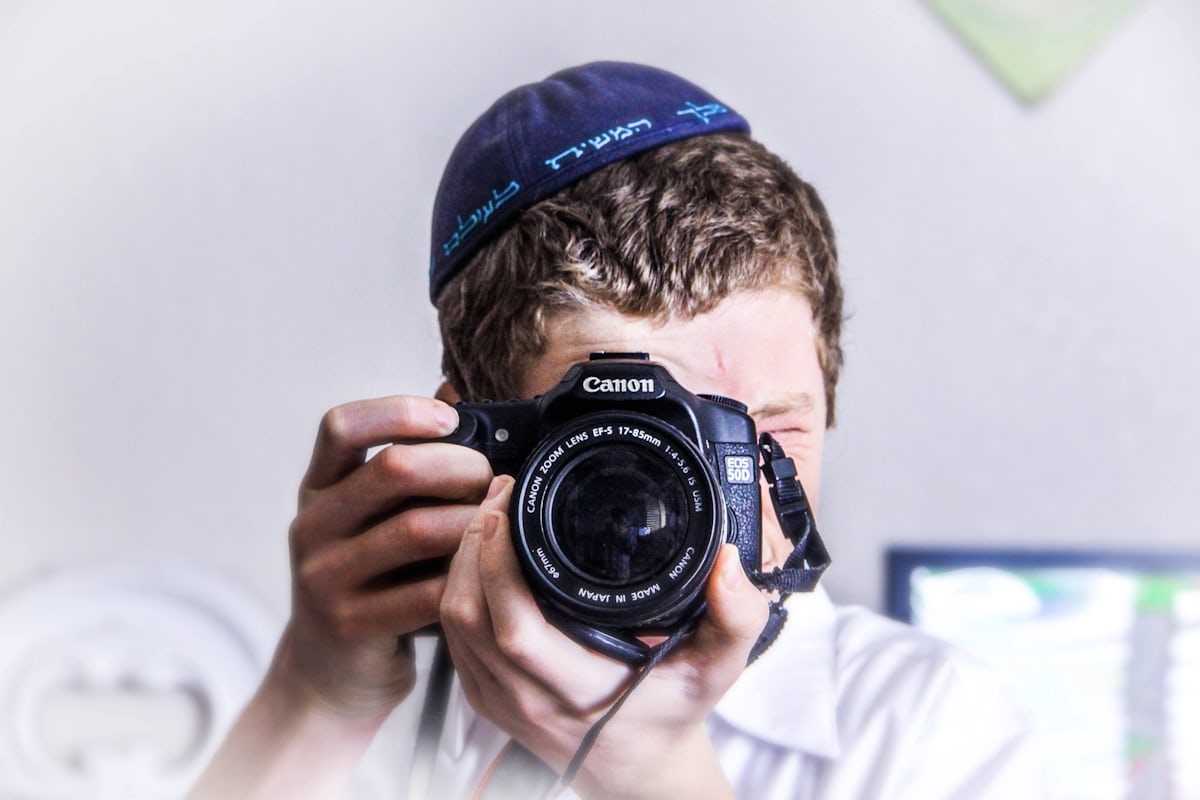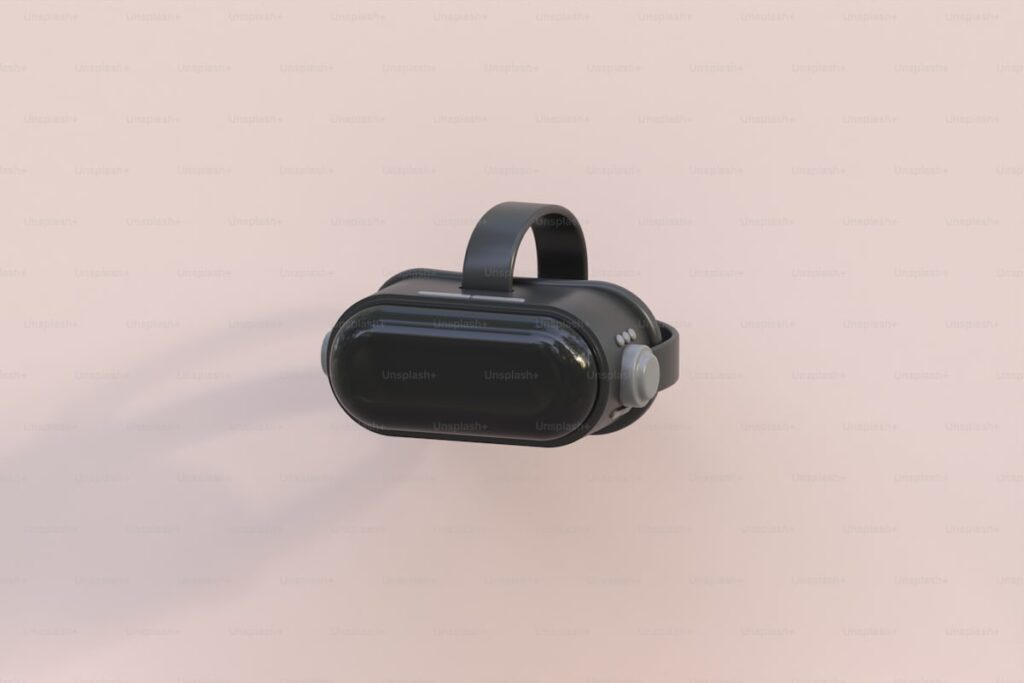
mini drone camera price
In recent years, mini drone cameras have transitioned from niche gadgets to mainstream tools for both hobbyists and professionals. These compact devices offer a blend of affordability, portability, and impressive technological capabilities, making them a popular choice for capturing aerial footage. As the market continues to grow, understanding the price range and features of mini drone cameras is essential for making an informed purchase. This article delves into the factors influencing mini drone camera prices, the range of available options, and key considerations for prospective buyers.
The Price Spectrum of Mini Drone Cameras
Mini drone cameras come in a diverse range of prices, typically influenced by their features, brand reputation, and technological advancements. Generally, the price of mini drone cameras can be segmented into three categories:

- Entry-Level Models ($100 – $300):
- Features: Basic models in this range are designed for casual users and beginners. They often include features such as HD or 4K camera capabilities, basic stabilization, and limited flight time. These drones are generally equipped with straightforward controls and minimal advanced functionalities.
- Examples: Drones from brands like Syma or Hubsan often fall into this category, offering a balance between affordability and functionality for users new to drone photography.
- Mid-Range Models ($300 – $600):
- Features: Mid-range mini drones provide a more refined experience with improved camera quality, better stabilization systems, and extended flight times. These models often include GPS capabilities, advanced obstacle avoidance systems, and higher-end image sensors. They are suitable for enthusiasts looking for a higher-quality aerial photography experience without breaking the bank.
- Examples: Brands such as DJI (e.g., DJI Mini SE or Mini 2) offer robust mid-range options that cater to users seeking enhanced features and better overall performance.
- High-End Models ($600 and Above):
- Features: High-end mini drones are geared towards serious hobbyists and professionals. They come with advanced camera systems capable of capturing 4K or even 6K video, superior flight stability, longer battery life, and sophisticated navigation and obstacle avoidance technologies. These drones often have additional features such as obstacle sensing, automatic flight modes, and high-level build quality.
- Examples: The DJI Mini 3 Pro and similar models represent the pinnacle of mini drone technology, offering exceptional performance and high-resolution imaging for professional-grade results.
Factors Affecting Mini Drone Camera Prices
Several key factors influence the price of mini drone cameras, including:
- Camera Quality: Higher resolution cameras with better image sensors and stabilization systems generally command higher prices. Features such as 4K video recording, high frame rates, and low-light performance significantly impact cost.
- Flight Time and Battery Life: Drones with longer battery life and extended flight times are typically more expensive. Battery capacity and power efficiency are crucial for achieving prolonged aerial sessions.
- Build Quality and Durability: Drones made from premium materials with robust construction tend to cost more. Durability is essential for withstanding crashes and harsh weather conditions.
- Advanced Features: GPS functionality, obstacle avoidance systems, intelligent flight modes (like Follow Me or Waypoints), and enhanced safety features can drive up the price of a mini drone camera.
- Brand Reputation: Established brands like DJI, Parrot, and Skydio often charge a premium due to their reputation for reliability, customer support, and advanced technology.
Key Considerations for Prospective Buyers
When choosing a mini drone camera, buyers should consider the following:
- Purpose and Use Case: Determine whether the drone will be used for casual photography, professional video production, or recreational flying. This will guide your choice between entry-level and high-end models.
- Ease of Use: For beginners, user-friendly controls and automatic flight features can simplify the learning process. Advanced users might prioritize manual controls and customization options.
- Portability: Mini drones are favored for their compact size and portability. Assess whether the drone’s size aligns with your needs for travel and storage.
- Legal and Safety Considerations: Ensure that the drone complies with local regulations and safety standards. Familiarize yourself with any necessary permits or restrictions for flying drones in your area.
Conclusion
The mini drone camera market offers a wide array of options catering to different budgets and requirements. By understanding the factors that influence pricing and evaluating your needs, you can select a mini drone camera that provides the best value for your investment. Whether you are a hobbyist seeking casual aerial shots or a professional looking for advanced features, the evolving technology in mini drones ensures there is a suitable model for every user.








